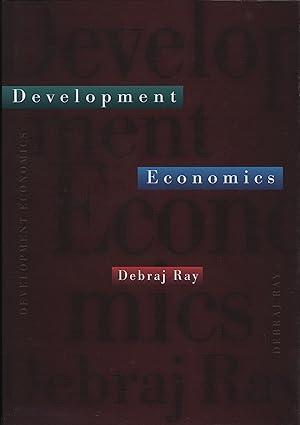Answered step by step
Verified Expert Solution
Question
1 Approved Answer
Consider the Heckscher-Ohlin model of international trade. There are two goods, shoes and computers, produced with labour and capital. The production process fea- tures

Consider the Heckscher-Ohlin model of international trade. There are two goods, shoes and computers, produced with labour and capital. The production process fea- tures diminishing returns to each factor of production. The production of shoes is labour-intensive and the production of computers is capital-intensive. There are two countries, the UK and India. Denote the labour force and the capital stock of the UK and India by LUK and KUK, and LIN and KIN, respectively. The UK is capital-abundant and India is labour abundant. 1. Suppose that the UK and India are in autarky (no trade). Describe whether the relative price of computers in the UK (P) is higher or lower than the relative price of computers in India () and explain why. DIN (6 Marks) 2. Describe India's factor markets: on a graph with the labour-capital ratio (L/K) on the horizontal axis and the wage-rental ratio (W/R) on the vertical axis, depict India's no-trade economy-wide relative demand (RD) and relative supply (RS) of labour-to-capital. Show the no-trade equilibrium wage-rental ratio. (6 Marks) 3. On the same graph, depict the relative labour-to-capital demand curves for com- puters and shoes separately and show the no-trade labour-capital ratio of the computer-producing sector and the shoe-producing sector. Describe which sec- tor has the larger labour-capital ratio and briefly explain why. (6 Marks) 4. Suppose that the two countries start trading with each other. Describe which good will be exported by India and imported by the UK and explain why. Describe briefly whether the world relative price of computers in the free-trade equilibrium (pr) is larger or smaller to the no-trade relative price of the UK and India. (6 Marks) 5. Depict the effects of free trade on the graph with India's factor market. Explain whether international trade shifts the economy-wide relative demand for labour- to-capital, the computer-producing sector's relative demand for labour-to-capital, the shoe-producing sector's relative demand for labour-to-capital or the economy- wide relative supply of labour-to-capital. (6 Marks) 6. On the graph of India's factor markets, depict the free-trade equilibrium wage- rental ratio, the free-trade economy-wide labour-capital ratio and the free-trade labour-capital ratio in the computer-producing and the shoe-producing sectors. Describe how they change in comparison to the no-trade equilibrium. (7 Marks)
Step by Step Solution
★★★★★
3.33 Rating (153 Votes )
There are 3 Steps involved in it
Step: 1
Question 1 The relative price of computers in the UK is higher than the relative price of computers in India because the UK has a higher capitaltolabo...
Get Instant Access to Expert-Tailored Solutions
See step-by-step solutions with expert insights and AI powered tools for academic success
Step: 2

Step: 3

Ace Your Homework with AI
Get the answers you need in no time with our AI-driven, step-by-step assistance
Get Started


